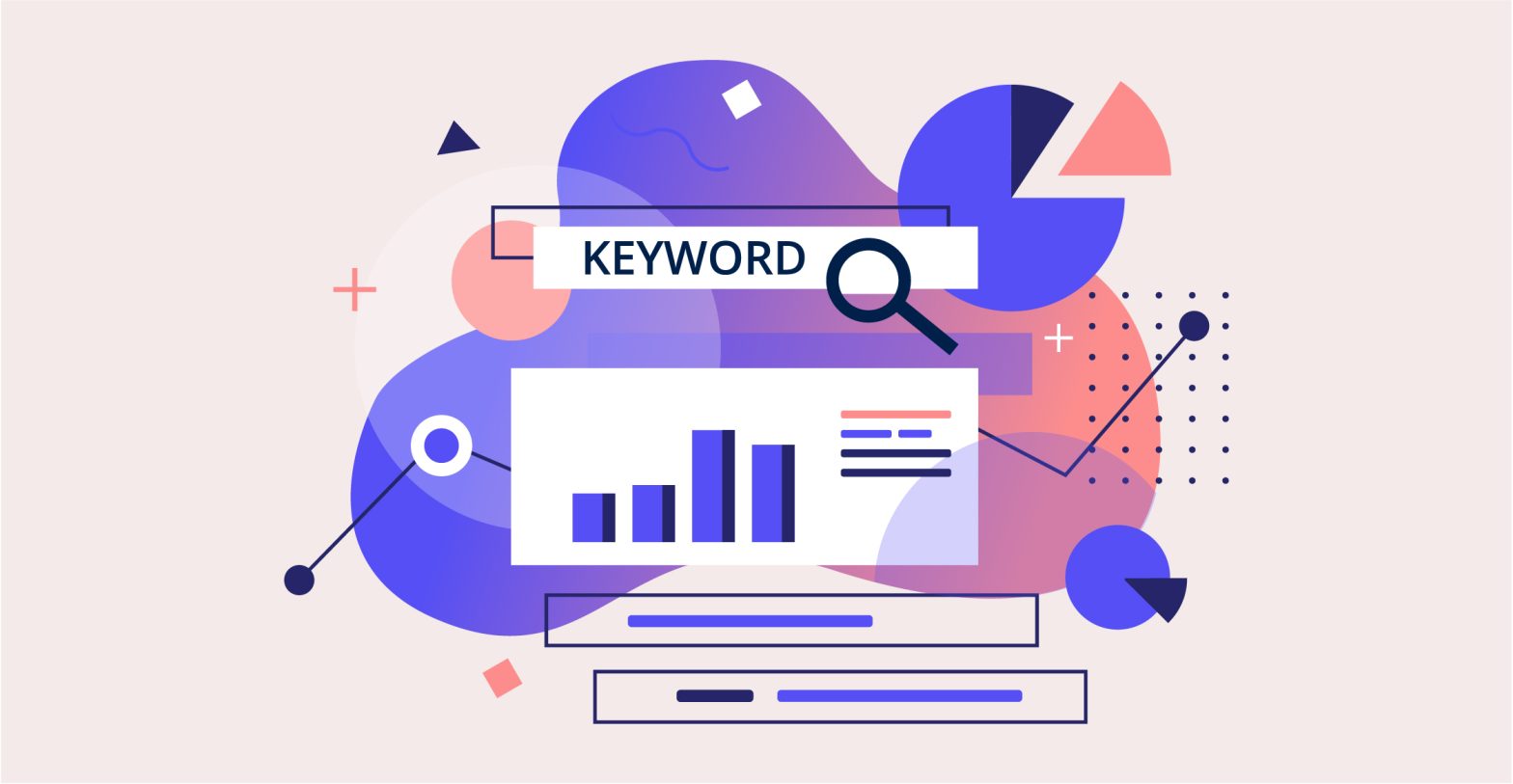

In the contemporary world of information technology, it is crucial to use content that would satisfy the user’s search. This is the main factor that determines the prosperity of the online business. It is the stage where search intent optimization is employed. It is an essential component of content marketing, which relies on the knowledge of the searchers and their desire to satisfy intent. Thus, by offering the content that your audience is interested in, you will receive more targeted visitors, as well as higher interaction and ranking.
In other words, it can be called keyword intent or user intent, which is the hidden agenda that the user has when he or she enters a query in a search engine. It is the purpose or the reason for the search. Understanding the search intent is crucial because it helps you to create content that is relevant to the needs of the users and is most useful to them.
It can be broadly classified into four main categories:
Start with the identification of keywords that correspond to different kinds of user’s purpose. Keyword research tools are employed to identify long-tail keywords and phrases that can be used to meet the users’ search intent.
To do this, you can look at the most popular pages with the keywords you want to use. Be aware of what type of platform it is, whether it is a blog, a product page, or a guide. This will allow you to understand the search intent and see what kind of content is most popular.
Make sure that your content answers the questions that the user might be having. In the case of informational searches, it will be helpful to develop manuals or large articles. In the case of transactional search, the main focus is on the description of the product and the inclusion of a call to action.
Of course, it is also necessary to use the keywords that are connected with the topic in the title tags, meta descriptions, headings, and main content. Ensure that the keywords are well incorporated without having to stuff most of the keywords.
It can also be used to help the search engines understand the content better and this leads to the creation of a rich snippet that appears on the search results. This can increase the ranking and thus more people will be likely to click on the links.
This means that you should track the performance of the content that you are putting out there through the use of analytical tools. Find out which of the keywords is driving traffic and conversion and then align the optimization process with the users’ expectations.
To achieve the best result, you might consider engaging an SEO agency with an adequate experience like eSearch Logix. Their team of specialists can perform comprehensive keyword analysis, assess the SERP, and develop a content plan that is tailored to your audience’s needs. With your help, you will guarantee that the content you create will rank high in search engines and will at the same time be convenient and visually pleasing for the users.
To sum up, search intent optimization is one of the essential elements of content marketing that should never be overlooked. By knowing the kind of content your audience is looking for, you can generate more relevant traffic, get better interaction, and, at the end of the day, achieve your online objectives. To refresh the memory, it is important to remember that search intent is not an unchanging process that does not change with time and trends. Make sure you are always checking and enhancing your content strategy to be at the forefront of the field and maintain a robust online presence.